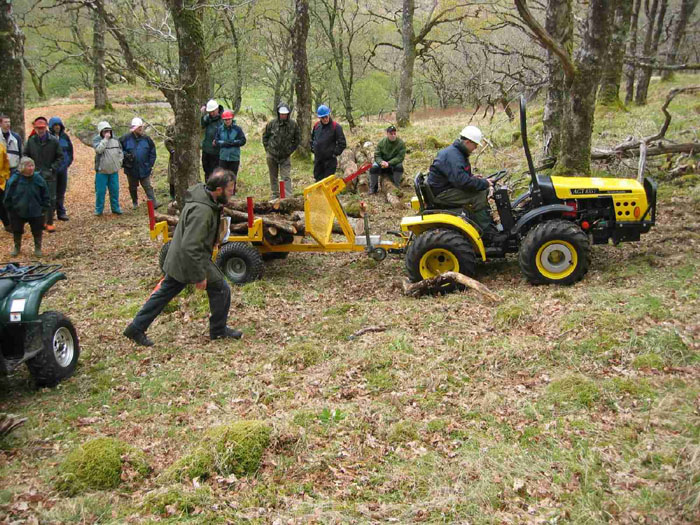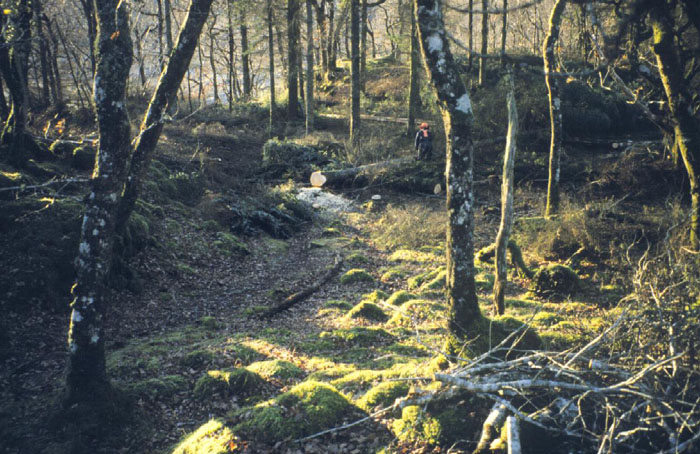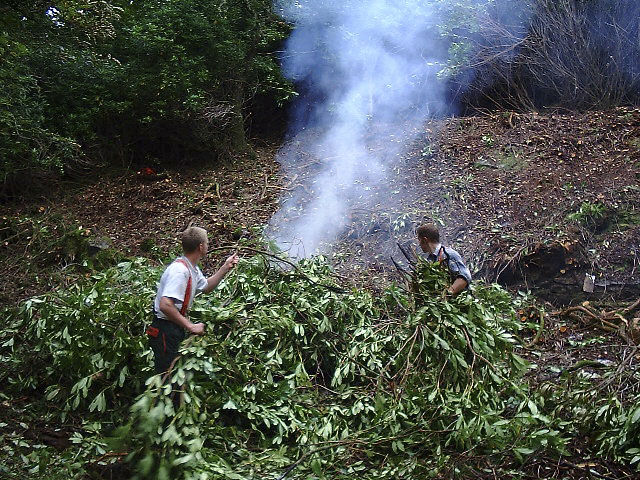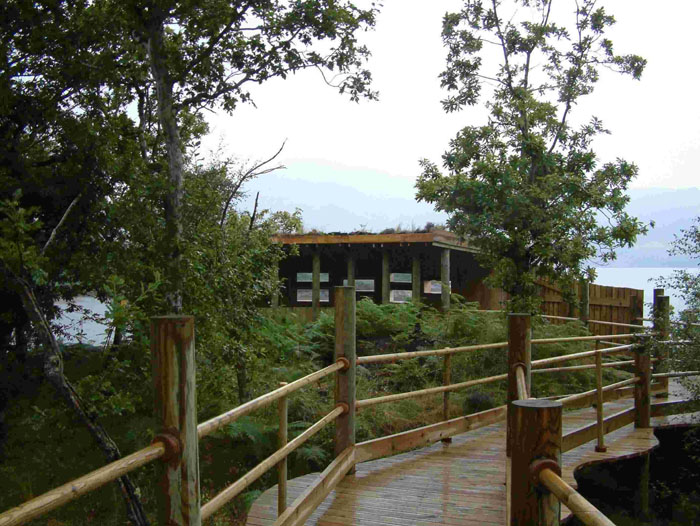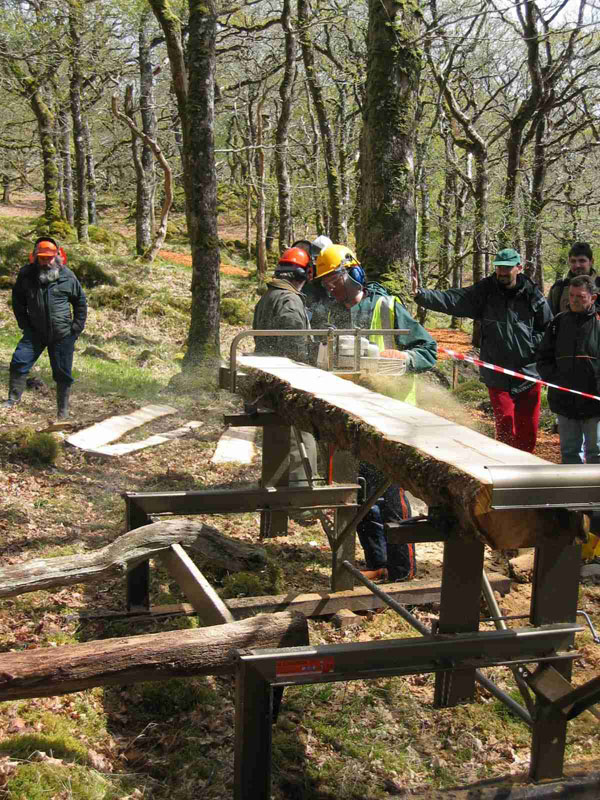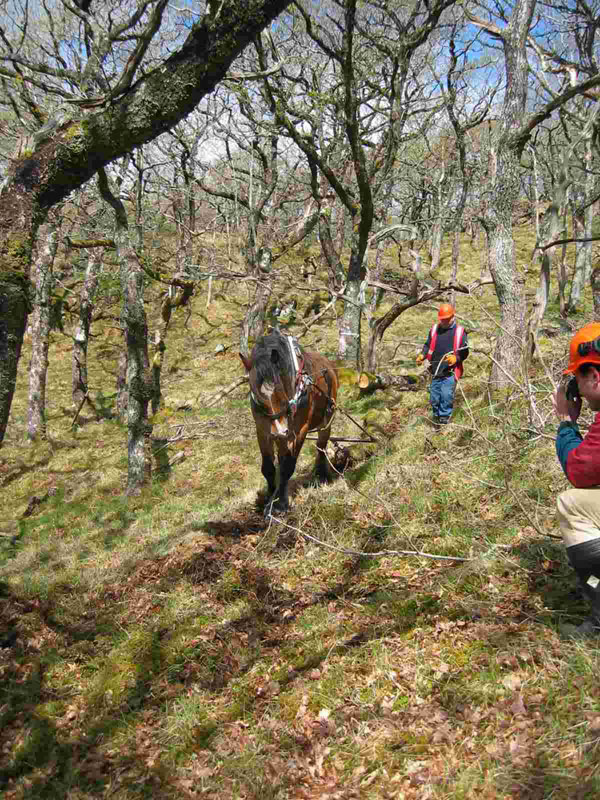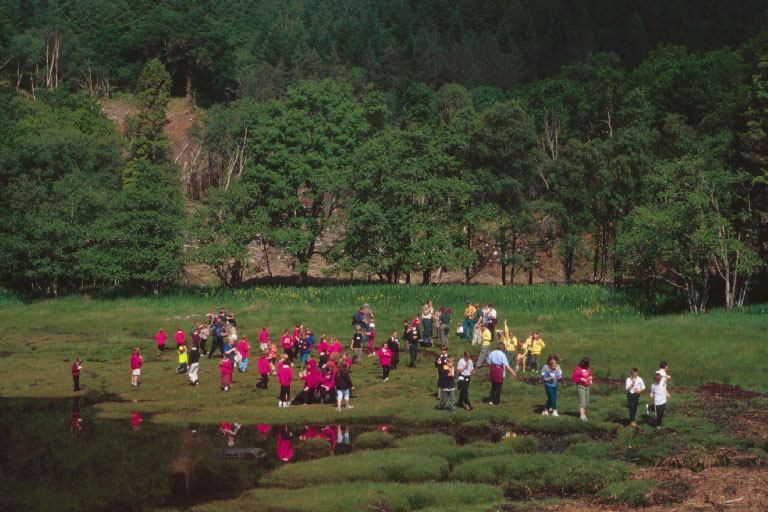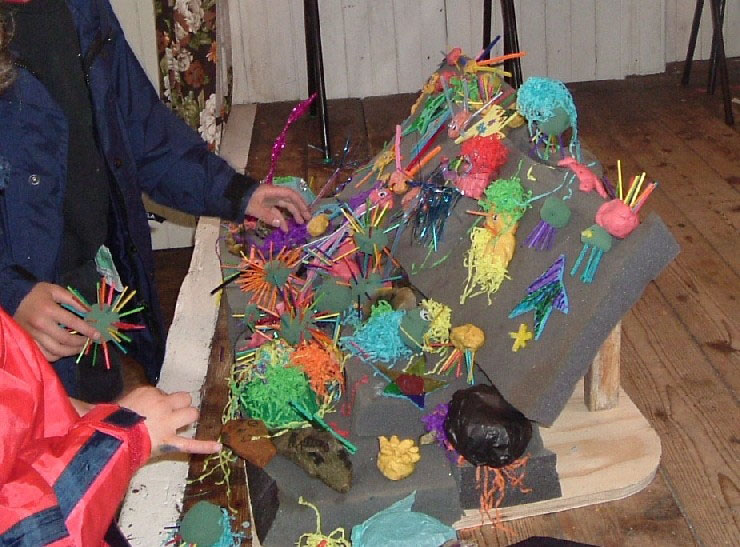| Country |
Scotland,
UK |
| Natura
2000 site location |
Lochaber,
Highland |
| Nearest
urban settlements |
Fort
William |
| Natura
2000 site name |
Ardgour
Pinewoods SAC, Ardnamurchan Burns SAC, Beinn Iadain & Beinn na h'Uamha SAC,
Claish Moss & Kentra Moss SAC, Loch Moidart & Loch Shiel Woods SAC, Loch
Shiel SPA, Morvern Woods SAC, River Moidart SAC, Sound of Arisaig mSAC,
Sunart SAC. |
| Unofficial
but locally accepted name for the site/s |
Sunart
Oakwoods Initiative area, Ardnamurchan, Morvern. |
| Natura
2000 site number |
Ardgour
Pinewoods SAC - UK0013091, Ardnamurchan Burns SAC - UK0030079, Beinn Iadain
& Beinn na h'Uamha SAC - UK0012864, Claish Moss & Kentra Moss SAC - UK0019771,
Loch Moidart & Loch Shiel Woods SAC - UK0030209, Loch Shiel SPA - UK0001721,
Morvern Woods SAC - UK0030217, River Moidart SAC - UK0012994, Sound of Arisaig
mSAC - UK0019802, Sunart SAC - UK0019803. |
| Size
of site (hectares) |
Ardgour
Pinewoods SAC - 1647.32, Ardnamurchan Burns SAC - 24.98 + Beinn Iadain &
Beinn na h'Uamha SAC - 524.85 + Claish Moss & Kentra Moss SAC - 1013.78
+ Loch Moidart & Loch Shiel Woods SAC - 1756.77 + Loch Shiel SPA - 2290.94
+ Morvern Woods SAC - 1559.95 + River Moidart SAC - 15.69 + Sound of Arisaig
mSAC - 4556.65 + Sunart SAC - 10247.13 = 21,990.47 ha |
| Site
classification / description |
SAC/SPA
sites hosting a number of Natura habitats and species. |
| Key
Species types |
Otter |
| Pine
marten |
| Wildcat |
| Wildcat |
| Common
seal |
| Fresh
water pearl mussel |
| Black-throated
diver |
| Irish
Lady's tresses Spiranthes romanzoffiana |
| quillwort
Isoetes echinospora |
| small
cow wheat Melampyrum sylvaticum |
| northern
rock cress Arabis petraea |
| bog
orchid Hammarbya paludosa |
| rock
whitebeam Sorbus rupicola |
| Lapland
marsh-orchid Dactylorhiza lapponica |
| narrow-leaved
helleborine Cephalanthera longifolia |
| eelgrass
Zostera marina |
| dwarf
eelgrass Zostera noltii |
| Atlantic
Bryophyte communities, including Sematophyllum micans, Ulota calvescens
and Acrobolbus wilsonii |
| Atlantic
Lichen communities, including Arthothelium dictyosporum, Leptogium hibernicum,
and all four British species of Lobaria |
| Knotted
wrack Ascophyllum nodosum ecad mackaii |
| Key
Habitats |
Old
sessile oak woods with Ilex and Blechnum in the British Isles |
| Tilio-Acerion
forests of slopes, screes and ravines |
| European
dry heaths |
| Northern
Atlantic wet heaths with Erica tetralix |
| Intertidal
and sub-tidal Reefs |
| Blanket
bog |
| Depressions
on peat substrates of the Rhynchosporion |
| Caledonian
forest |
| Alluvial
forests with Alnus glutinosa and Fraxinus excelsior (Alno-Padion, Alnion
incanae, Salicion albae) |
| Species-rich
Nardus grassland, on siliceous substrates in mountain areas (and submountain
areas in continental Europe) |
| Hydrophilous
tall herb fringe communities of plains and of the montane to alpine levels |
| Alpine
pioneer formations of the Caricion bicoloris-atrofuscae |
| Calcareous
and calcshist screes of the montane to alpine levels (Thlaspietea rotundifolii) |
| Calcareous
rocky slopes with chasmophytic vegetation |
| Sandbanks
which are slightly covered by sea water all the time |
| Key
management issues |
There
are two main management issues which are being addressed for the woodlands
within the area; firstly removal of threats to natural functioning of the
woodlands, principally removal of non-native invasive species such as Rhododendron
ponticum and non-native conifers, and the reduction of livestock and deer
grazing pressure. Secondly, to encourage woodland owners and managers to
bring certain areas of their woods back into active management, after in
some cases decades of inactivity, to improve their biodiversity. For the
heathland habitats, the issues are determining and maintaining the balance
of grazing on the site and managing invasive species such as bracken and
rhododendron. For the marine interests, the management issues relate to
ensuring that current and any future development activities, be it commercial
(e.g.. fish farming) or leisure related are compatible with the reefs and
otter population. |
| Organising
at least one Green Days event per year |
For
the past four years, Green Day events have been organised and run within
Sunart and neighbouring SACs. Recent events have involved local primary
school children and staff in activities related to the habitats within the
SAC, including trips on a glass-bottomed boat, marine touch pools, arts
and crafts, and woodland treasure hunts. For 2005, there will be a series
of guided walks within the woodlands in the Sunart area lead by the Highland
Council Ranger or the Sunart Community Ranger and a Scottish Natural Heritage
lead walk to the neighbouring Claish Moss SAC/National Nature Reserve/Ramsar
site. |
| Promoting
Natura 2000 at the local level |
Over
the past seven years there have been a number of events organised to help
to promote Natura 2000 to local residents and vistors to the area. These
events have been organised through European LIFE and EAGGF funded projects
and have focussed issues such as rhododendron control techniques, sustainable
woodland management techniques and low impact means of harvesting small
volumes of high value timber from difficult/sensitive sites. Natura 2000
has also been regularly promoted at the Sunart Agricultural Show through
displays and children's activities. Sunart has also benefitted from the
employment of a LIFE fund sponsored Environmental Education and Interpretation
Officer to raise the profile of the SAC and its management through regular
work with local schools, development of leaflets and information panels,
and compilation of an educational resource. Of particular note was the work
done by the Project Officer in the use of the arts to promote Natura and
the local habitats; outputs included music composition and performance by
local children (Natural Rhythms project), arts and photographic workshops
and competitions. |
| Promoting
Natura 2000 at the local level |
Over
the past seven years there have been a number of events organised to help
to promote Natura 2000 to local residents and vistors to the area. These
events have been organised through European LIFE and EAGGF funded projects
and have focussed issues such as rhododendron control techniques, sustainable
woodland management techniques and low impact means of harvesting small
volumes of high value timber from difficult/sensitive sites. Natura 2000
has also been regularly promoted at the Sunart Agricultural Show through
displays and children's activities. Sunart has also benefitted from the
employment of a LIFE fund sponsored Environmental Education and Interpretation
Officer to raise the profile of the SAC and its management through regular
work with local schools, development of leaflets and information panels,
and compilation of an educational resource. Of particular note was the work
done by the Project Officer in the use of the arts to promote Natura and
the local habitats; outputs included music composition and performance by
local children (Natural Rhythms project), arts and photographic workshops
and competitions. |
| Involving
local stakeholders in the management planning process - creating a local
area partnership |
The
management of the woodlands and associated habitats within the Sunart Oakwoods
Initiative area is breaking new ground in partnership working to safeguard
and enhance important habitats for nature conservation, and in particular
Natura sites. There are two inter-related groups in existence in the Sunart
Oakwoods Initiative area which involve local stakeholders in discussions
regarding the management of the Natura and associated habitats around Sunart.
With a direct focus on the management of the Natura habitats is the Sunart
SAC Management Forum. This group is composed of representatives of Regulatory
Authorities, community councils, landowners interests and other interested
members of the community. The aim of this group has been to agree and oversee
the implementation of a Management Strategy for the Sunart SAC which ensures
the nature conservation interests are secured and enhanced, but that social
and economic interests in the area are not compromised. I represent Scottish
Natural Heritage (SNH) on this group and feel it has been an effective means
of getting stakeholders together to have a frank and open discussion about
the issues associated with the SAC designation and habitat management requirements,
both terrestrial and marine. Through the discussion process, it has been
clear that trust has been built up between the Regulatory bodies and local
community/businesses who were initially wary once the site was designated.
The second group is known as the Sunart Oakwoods Initiative (SOI) and has
interests in an area far wider than Sunart SAC. This group is made up of
the local government agencies operating in the area, including local council
and development agency, and community representatives, The SOI and believes
that nature conservation and rural development are complementary and is
working to deliver this vision within the area. The group has been successful
in securing European and other funding for habitat restoration work in and
adjacent to SACs, provision of tourism infrastructure such as footpaths
and interpretation panels/leaflets. The Sunart Oakwoods Initiative has also
lead on the development and promotion of sustainable woodland management
models, adding value locally to timber and the development of training and
skills projects. I represent SNH on this group and the main benefits I have
seen has been the enthusiasm and increased ownership of the designated sites
in the area which has developed as projects have been delivered to the benefit
of the local economy. The strength of the partnership has also meant that
funding has been secured for Natura habitat restoration and safeguard from
agencies which ordinarily would not be involved, for example the enterprise
company. As a result of the activity of the SOI, a group of private sector
owners have formed a formal partnership with Forestry Commission Scotland,
the North Sunart Woodland Owners Group, and have agreed a vision for the
woodlands within their area through the production of a joint management
plan which includes collaborate management for issues such as deer control
and sharing of woodland machinery. The group has recently been successful
in securing Leader + funds to implement the management plan and purchase
equipment to enable them to undertake the work themselves. |
| Branding
Natura 2000 |
All
relevant interpretation produced by the Sunart Oakwoods Initiative contains
reference to Natura and/or the LIFE logo. |
| Agreeing
to become an NNi ambassador |
Brian
Eardley (Scottish Natural Heritage) brian.eardley(a)snh.gov.uk
is an NNi Ambassador. |
